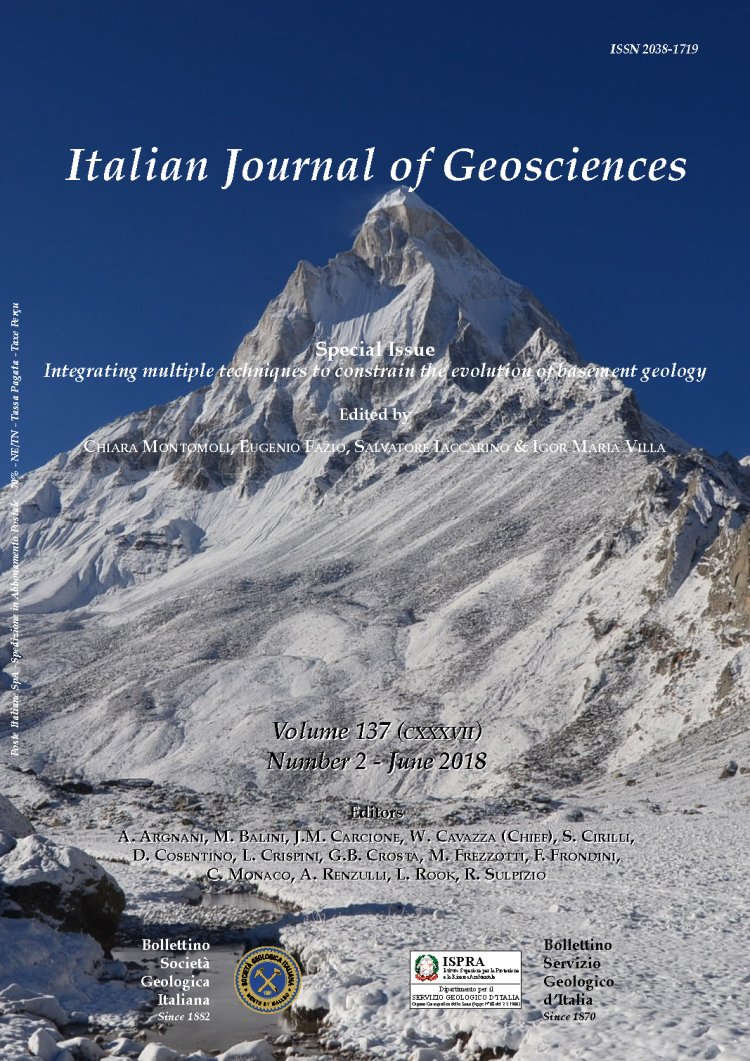
Age constraints on the deformation style of the South Tibetan Detachment System in Garhwal Himalaya
Chiara Montemagni (1), Salvatore Iaccarino (2), Chiara Montomoli (3), Rodolfo Carosi (2), Arvind K. Jain (4) & Igor M. Villa (1,5,6)
(1) Dipartimento di Scienze dell’Ambiente e della Terra, Università degli Studi di Milano Bicocca, Piazza della Scienza 4, 20126 Milano, Italy.
(2) Dipartimento di Scienze della Terra, Università di Torino, v. Valperga Caluso 35, 10125, Torino, Italy.
(3) Dipartimento di Scienze della Terra, Università di Pisa, v. S. Maria 53, 56126 Pisa, Italy.
(4) CSIR-Central Building Research Institute, Roorkee -247667, Uttarakhand, India.
(5) Institut für Geologie, Universität Bern, Baltzerstrasse 3, 3012 Bern, Switzerland.
(6) Centro Universitario Datazioni e Archeometria, Università degli Studi di Milano Bicocca, 20126 Milano, Italy.
Corresponding author e-mail: c.montemagni@campus.unimib.it.
Abstract
Keywords
Get Full Text Supplementary Material